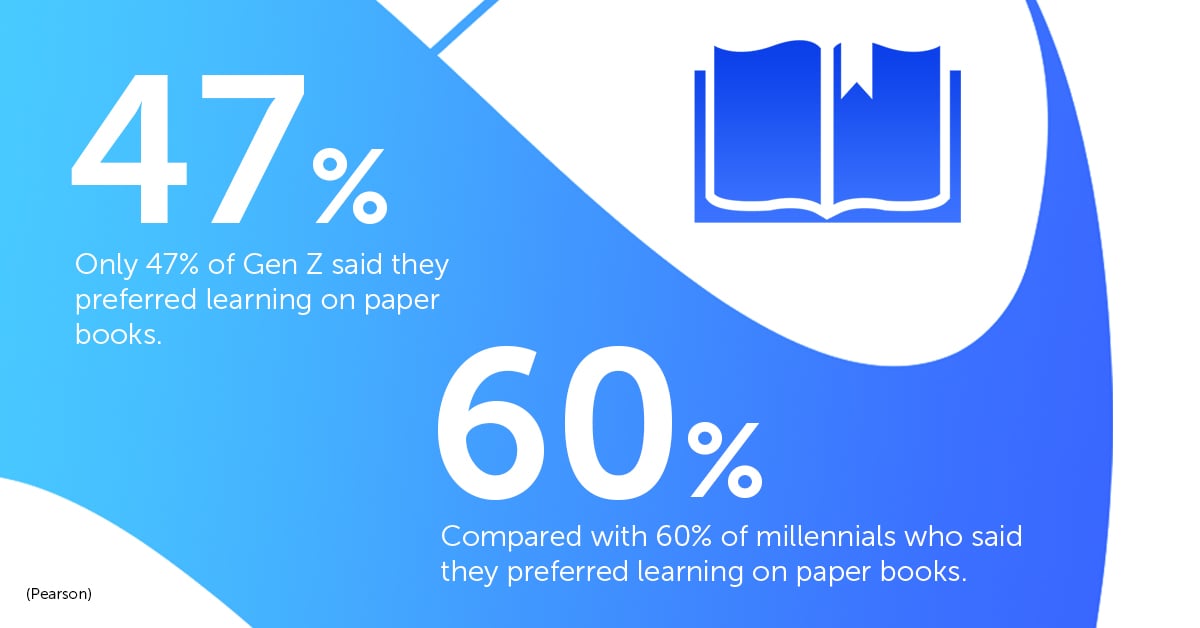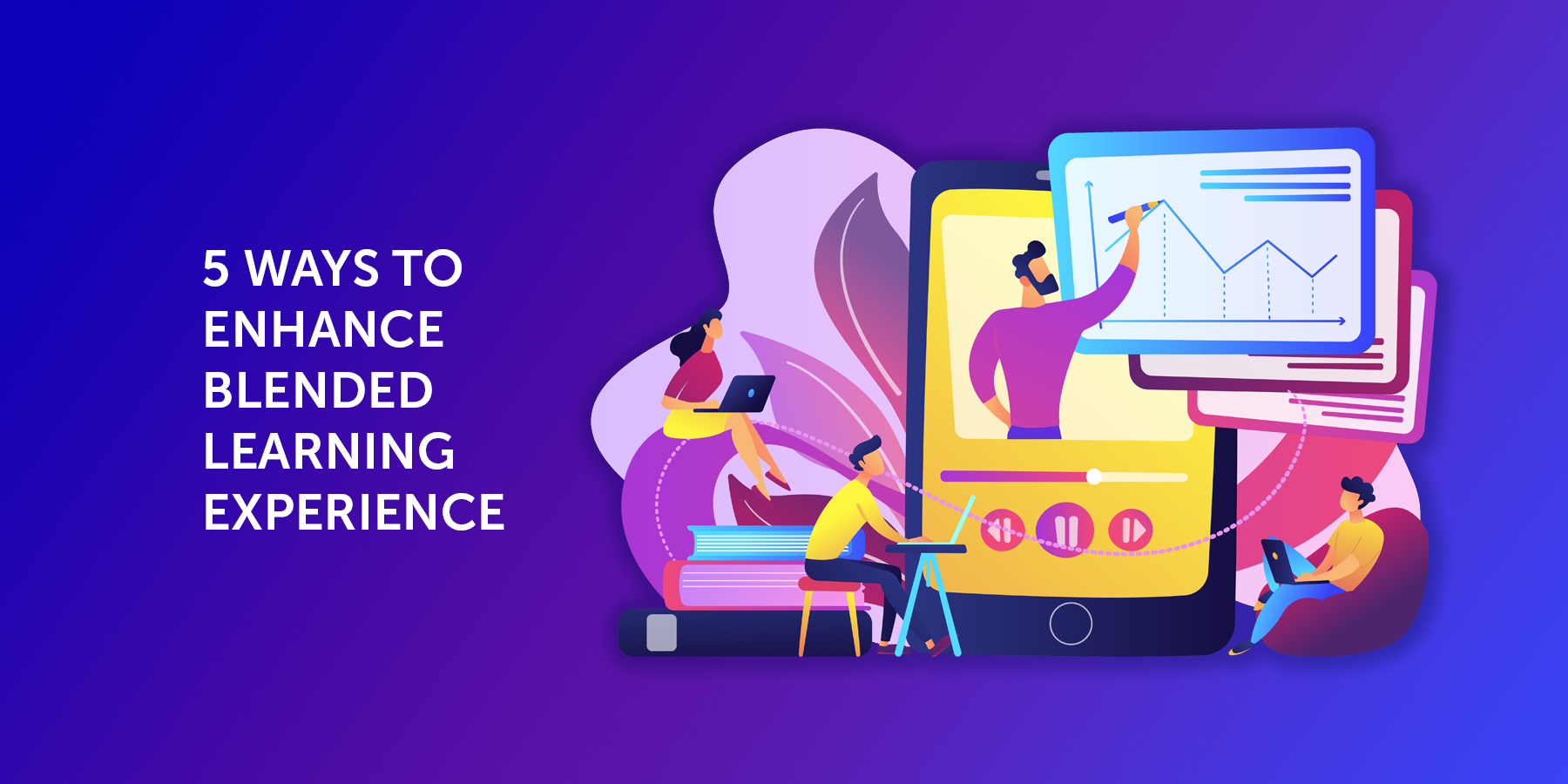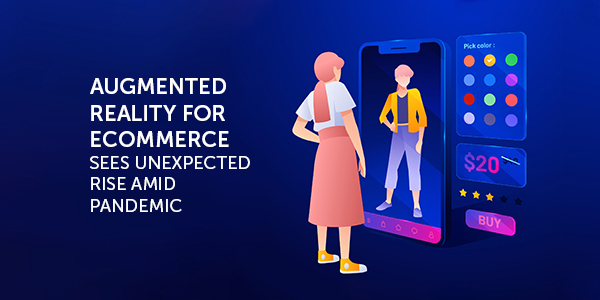The concept of blended learning, a combination of two learning environments (digital and in-person) was first introduced in the 1960s. However, many higher education institutions have been somewhat reluctant to integrate the hybrid model of teaching and learning until now. What's changed?
Everything has changed. The global pandemic forced educators to move their classrooms online, and while the first months were... chaotic at best, the general consensus towards online learning has shifted. According to a recent survey from Tyton Partners, which found that nearly half (49%) of college faculty members consider virtual learning to be an effective teaching method.
College Crisis Initiative at Davidson College estimates that at least 1,600 colleges in North America transitioned to mostly asynchronous online and hybrid learning for the fall of 2020. Although some higher education institutions were growing their online presence prior to lockdown, it seems that COVID-19 was the final straw for other colleges needed to make that switch.
Chances are, your college is either looking to implement or already following the blended learning model, so we've compiled a list of key things to make it work for your institution (and students, of course).
5 Ways to Enhance Blended Learning
- Put the Right Tools in Place
- Design for Hybrid
- Build a Student Centric Approach to Learning
- Deliver More than Just instructions
- Adapt
Why is blended learning effective?
Personalization
The average student-to-faculty member ratio in the US is 16:1, which makes it extremely challenging to attend each student's individual learning needs and personalize learning modules accordingly. A well designed blended experience gives instructors the opportunity to individualize each lecture to cater to those needs, allowing students to learn at their own pace.
Flexibility
The reality for most students today is that many take on part-time jobs to support themselves through college or university, which often leaves them to study late. Because LMS platforms can be easily accessed any time on any device, students can view online materials when convenient to them, which increases their chances of completing their enrollments.
Engagement
An increasing number of students today are Gen Z, the first digital natives born into a world of vast technological advances and innovations. They grew up surrounded by instant accessibility of information, smartphones and social media; and for that reason, they don't engage well in lecture halls or standard textbooks.

That's not to say the traditional classroom learning environment is no longer effective but to truly engage native digitals, educators must introduce some version of digital experience.
Effectiveness. Having a choice as to how and when to access learning materials, together with the autonomy to focus on meaningful activities increases student satisfaction and motivation to study. They're no longer confined to their desks, relying on lecturers to deliver instructions but are actively encouraged to self-educate and seek relevant resources online.
1. Put the Right Tools in Place
The success of hybrid learning depends largely on your college's IT infrastructure. Note that growing up with the likes of Netflix or YouTube, Gen Z have high expectations as to what's considered as a seamless user experience. Therefore, using outdated instructional technology will only lead to frustration and even lower course engagement.
Instead, invest in a high-quality learning management system that not only delivers the fundamental LMS features like live and on-demand video content, submitting and grading assignments, posting announcements or even Augmented Reality labs but is easy to use for everyone involved in the experience - faculty members and students.
Here's what can be achieved with the high-technology LMS platform:
2. Design for Hybrid
One of the biggest misconceptions in blended learning is that all you need to make it work is to add digital components to an existing face-to-face course. By taking this approach, students essentially end up with "a course and a half", and it can lead to the online activities being perceived as "busy work" or a chore.
Instead, think of the virtual experience as a way to amplify and complement in-person instructions and vice versa. Start building your hybrid course around the learning objectives listed in your syllabus and gradually work your way through elements like delivery method and assignments. For example, watching a video could prelude a face-to-face discussion which then could be carried on online or using gamification for information rehearsal and self-assessment.
3. Build a Student Centric Approach to Learning
The most significant advantage of blended learning is that it allows students to take control of their education. In the hybrid model, educators have the opportunity to create a clear roadmap of the instructional outcome and more importantly, include students in the process. Immediate feedback and progress monitoring visible to both, learners and instructors ensure students stay on track with their learning and encourages self-reflection and in turn, improvement.
4. Deliver More Than Just Instructions
As previously stated, in a successful hybrid model, digital components are there to augment the in-person activities and vice versa. This means that educators, additionally to learning materials, can also deliver meaningful experiences and interactions to facilitate deeper student connection. That way, an online assignment could be an invitation to group work and face-to-face discussion, inviting questions.
5. Adapt
If something isn't working in your method of teaching, don't be afraid to disregard it. Equally, if something is, don't be afraid to seek ways to enhance it to deliver even more effective learning experience for your students. Actively ask for feedback and keep an open mind for their suggestions - after all, they're not clueless and you can learn a lot from each other.
Final thoughts
In the era of digital transformation and its impact on our daily lives, blended learning provides a new way for faculty members to connect and engage their students. COVID might have forced most higher education institutions to make the switch to virtual learning, but the reality is, it was a long-anticipated change for students looking to get more out of their education.
Above all, the hybrid model is a learning experience for everyone so it's essential to strive for effectiveness and continuous improvement rather than perfection.
Looking for a high-technology learning management system to enhance the blended learning approach for your students? Reach out today and discover our all-in-one Augmented Reality learning experience platform. 
Cover Photo
Designed by vectorjuice / freepik http://www.freepik.com







